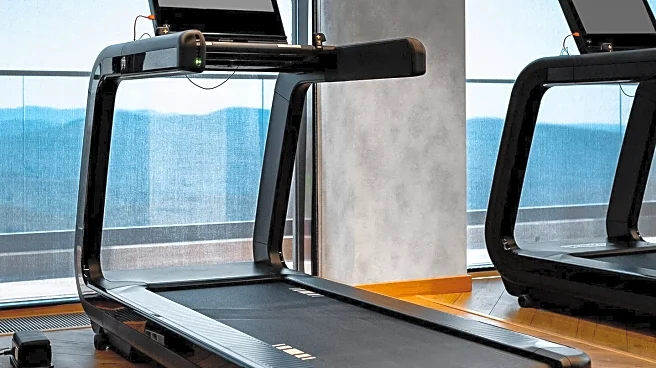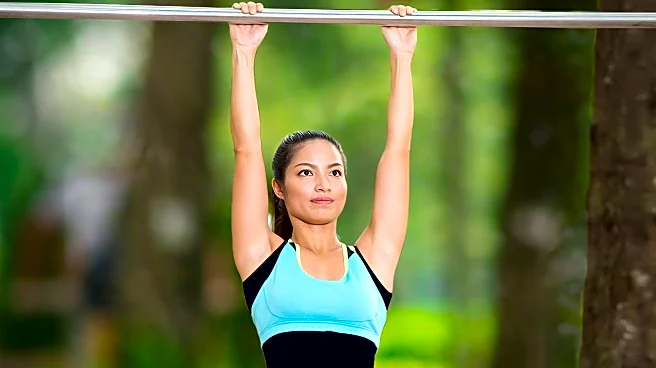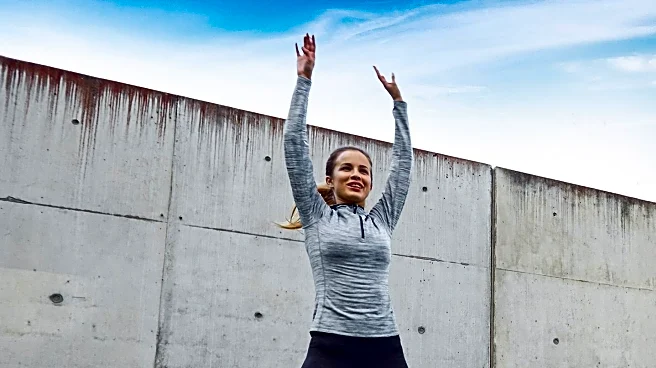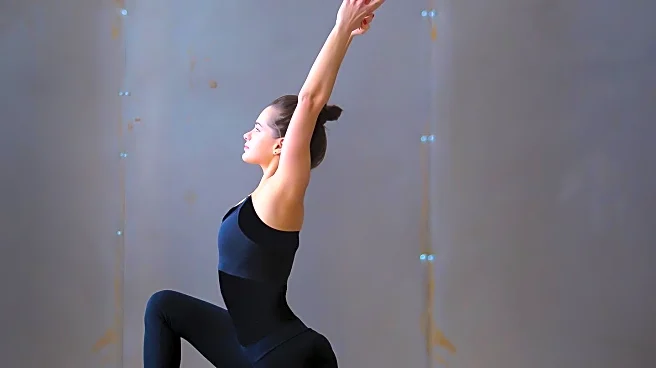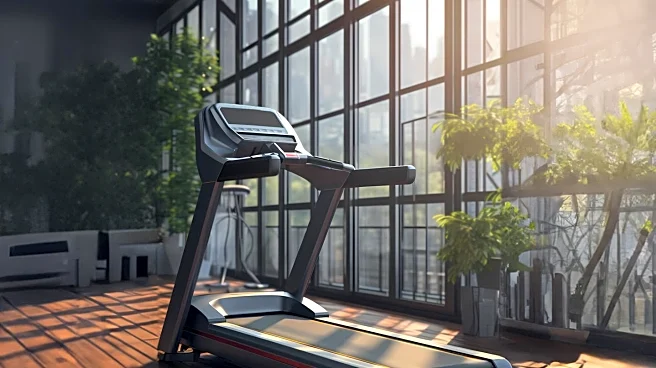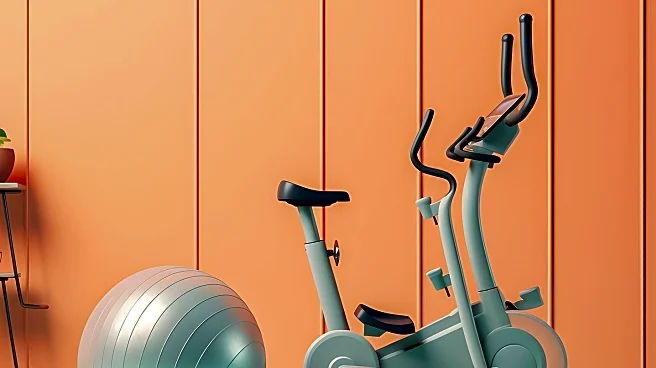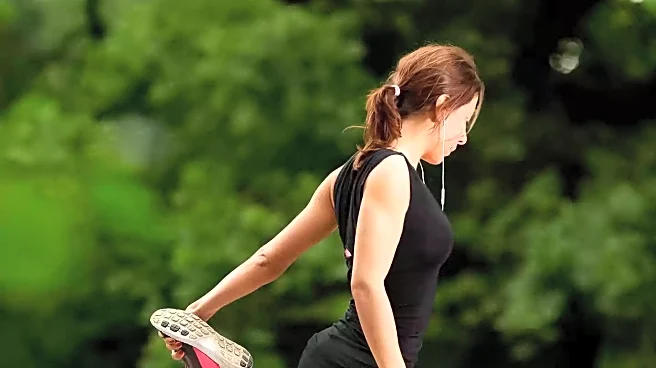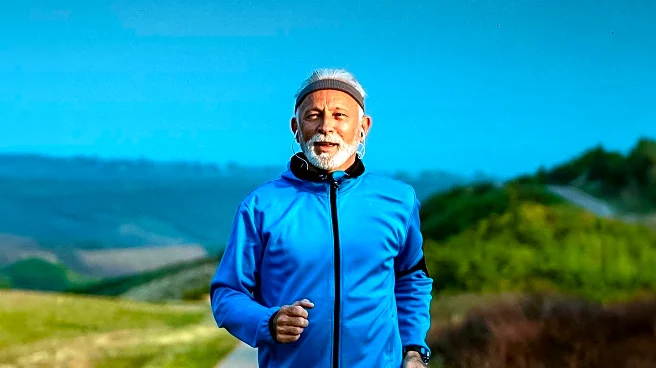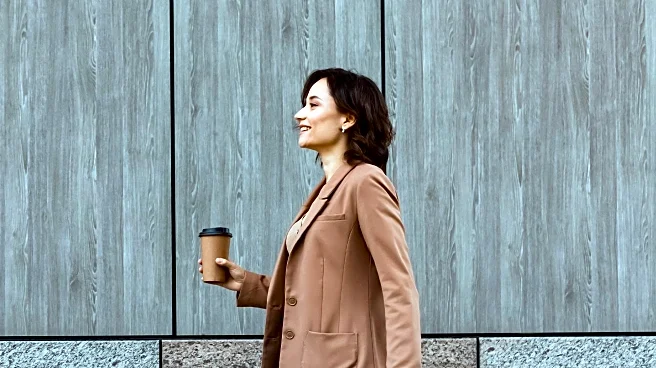What is the story about?
What's Happening?
Researchers have identified jumping exercises as a beneficial activity for improving bone health, particularly in increasing bone mineral density. As people age, bone density tends to decrease, leading to a higher risk of fractures. Studies suggest that engaging in jumping exercises two to three times a week can help maintain or even enhance bone strength. Pam Bruzina, a professor at the University of Missouri, emphasizes that jumping can provide the necessary force to load the skeleton, which is crucial for bone health. A meta-analysis involving over 600 participants showed a 1.5% improvement in bone mineral density at the hip after six months of jump training. However, experts caution that jumping may not be suitable for everyone, especially those with frailty or balance issues.
Why It's Important?
The findings on jumping exercises have significant implications for public health, particularly for aging populations at risk of osteoporosis and fractures. By incorporating jumping into regular exercise routines, individuals can potentially slow down the natural decline in bone density, which is crucial for maintaining mobility and reducing healthcare costs associated with bone injuries. While medications for osteoporosis are effective, exercise offers a non-pharmacological approach to bone health that can complement medical treatments. This research highlights the importance of physical activity in preventive health strategies, potentially benefiting millions of Americans as they age.
What's Next?
Future research may focus on identifying the most effective types of jumping exercises and their optimal frequency and intensity for different age groups. Additionally, there may be a push for public health campaigns to educate the public on the benefits of jumping exercises and how to safely incorporate them into daily routines. Healthcare providers might also consider recommending jumping exercises as part of a comprehensive approach to bone health, alongside traditional treatments for osteoporosis.
Beyond the Headlines
The emphasis on jumping exercises also raises questions about accessibility and inclusivity in fitness recommendations. Not all individuals have the physical capability to engage in high-impact activities, which underscores the need for personalized exercise plans. Furthermore, the cultural shift towards more sedentary lifestyles poses a challenge in promoting such physical activities. Addressing these issues will require a multifaceted approach involving education, community support, and possibly policy changes to encourage active living.
AI Generated Content
Do you find this article useful?


